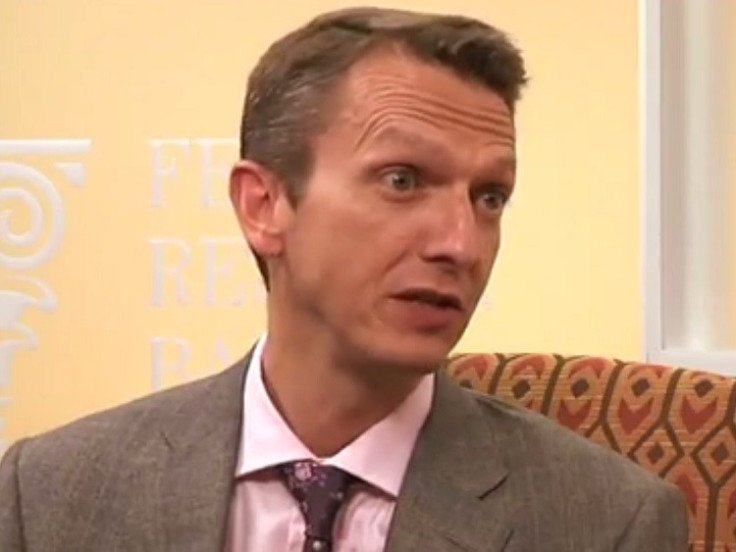Top Bank of England Official: Unrecognisable Central Banks Have Changed Forever

The 2008 financial crisis has changed the shape of central banking for good, according to a top Bank of England policymaker.
Andy Haldane, chief economist and member of the rate-setting monetary policy committee (MPC), highlighted the "extraordinary" interventions made by central banks during and after the crisis.
These have included quantitative easing programmes such as the Bank of England's Asset Purchase Facility, which has seen it hoover up £375bn of gilts from the markets to keep them liquid.
And some central banks have been given powers to act if they see risks to financial stability, such as those being used by the Bank of England to cap high loan-to-income lending in the country's risk-laden mortgage market.
"In short, central banks are essentially unrecognisable from a quarter of a century ago," wrote Haldane in a Central Banking Journal article.
"The key question, then, is where next? Will the next 25 years see as large a metamorphosis, from sleepy caterpillar to winged butterfly, as the last?
"It is impossible to know for sure. But it is interesting to attempt a bit of futurology and sketch some hypothetical evolutionary central bank paths."
The first of Haldane's two scenarios is that central banks carry on as before, trying to manage inflation towards a target and occasional, small interventions to keep markets ticking along normally.
And, unlike the current media frenzy around the most trivial of comments by policymakers, central banks would "migrate to the back pages of newspapers".
"Like good children, they would be relatively rarely seen and infrequently heard. Central bank-watchers would find something better to do with their lives than hang on to every gubernatorial semi-colon," Haldane said.
But his second scenario – and the one Haldane believes to be more likely – is a reinvention of the financial system, with central banks playing a much more hands-on role than in the past.
"Financial activity will migrate outside the banking system. And with that move, risk may itself change shape and form," he wrote.
"This could have important implications for the stability of the financial system and the broader economy."
In this new financial world, the central bank would have to be "in a constant state of alert" to the many and varied risks.
And they will have to make markets by offering financial support to banks to keep them lending, such as by allowing the use of "exotic" collateral – assets they cannot use in normal inter-bank lending markets to secure capital – to get hold of funding from the central bank.
Moreover, the comments of policymakers will maintain their current importance, with finance professionals, markets, politicians and even some consumers hanging on each word and analysing every bit of nuance.
© Copyright IBTimes 2025. All rights reserved.






















